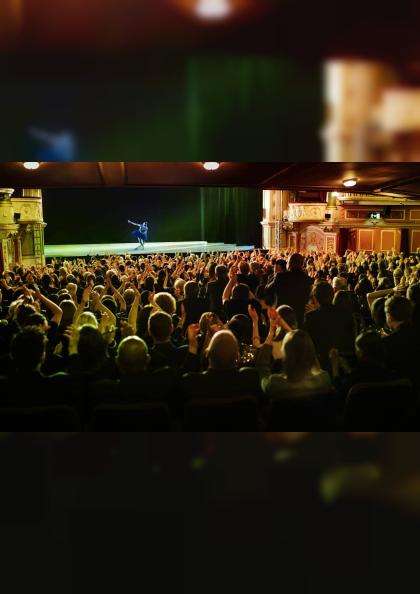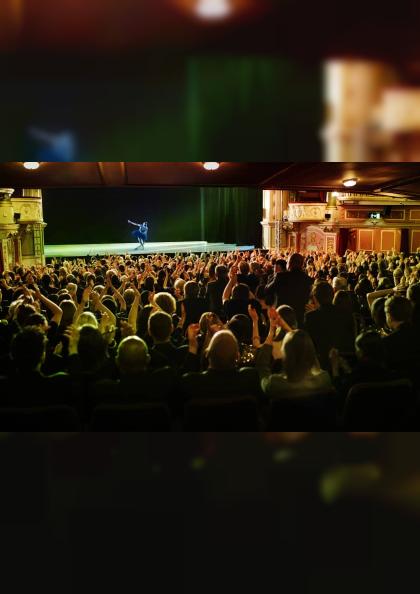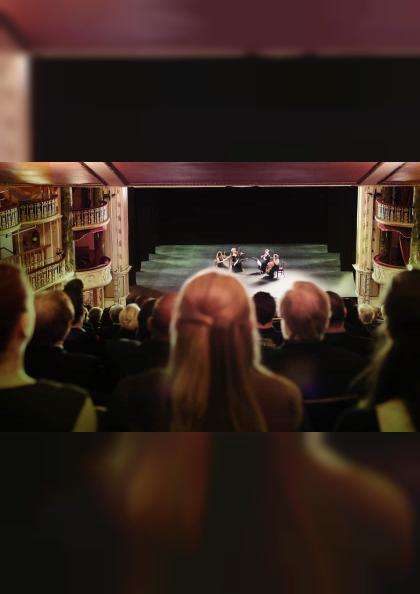The Business of Art: Navigating the Art Market and Auctions
The intersection of business and art creates a dynamic landscape where creativity meets commerce. Navigating the art market and auctions involves understanding the intricacies of valuing, buying, and selling art. In this article, we explore the multifaceted world of the art business, shedding light on key aspects such as market trends, auction dynamics, and strategies for success.
The Business of Art: Navigating the Art Market and Auctions
The intersection of business and art creates a dynamic landscape where creativity meets commerce. Navigating the art market and auctions involves understanding the intricacies of valuing, buying, and selling art. In this article, we explore the multifaceted world of the art business, shedding light on key aspects such as market trends, auction dynamics, and strategies for success.


Understanding the Art Market
The art market is a complex ecosystem influenced by various factors, including trends, artists' reputations, and economic conditions.
1. Market Trends and Dynamics: Stay abreast of current market trends, understanding what styles, mediums, and artists are in demand. Art market dynamics can change rapidly, influencing prices and preferences.
2. Art Fairs and Exhibitions: Attend art fairs and exhibitions to observe emerging trends, discover new artists, and network with fellow art enthusiasts and professionals.
3. Artist Reputations: Track the reputations of artists whose work you are interested in. Auction results, gallery representation, and critical acclaim contribute to an artist's market standing.
4. Economic Factors: Recognize the impact of economic conditions on the art market. Economic downturns can affect art sales, while periods of economic growth may lead to increased demand.
Understanding the Art Market
The art market is a complex ecosystem influenced by various factors, including trends, artists' reputations, and economic conditions.
1. Market Trends and Dynamics: Stay abreast of current market trends, understanding what styles, mediums, and artists are in demand. Art market dynamics can change rapidly, influencing prices and preferences.
2. Art Fairs and Exhibitions: Attend art fairs and exhibitions to observe emerging trends, discover new artists, and network with fellow art enthusiasts and professionals.
3. Artist Reputations: Track the reputations of artists whose work you are interested in. Auction results, gallery representation, and critical acclaim contribute to an artist's market standing.
4. Economic Factors: Recognize the impact of economic conditions on the art market. Economic downturns can affect art sales, while periods of economic growth may lead to increased demand.
Navigating Art Auctions
Art auctions serve as significant platforms for buying and selling valuable artworks. Understanding the auction process is crucial for both collectors and sellers.
1. Auction Houses: Familiarize yourself with prominent auction houses like Christie's, Sotheby's, and Phillips. These institutions play a central role in the art market, hosting major auctions and setting benchmarks for valuations.
2. Consigning Artworks: If you are a seller, carefully consider the auction house where you consign your artwork. Factors such as the house's reputation, expertise in the specific art category, and client base should be taken into account.
3. Bidding Strategies: For buyers, develop effective bidding strategies. Set a budget, do thorough research on the artwork, and be prepared to act decisively during the auction.
4. Online Auctions: Explore the growing realm of online art auctions. Many auction houses now offer online bidding platforms, providing accessibility and convenience to a global audience.
Navigating Art Auctions
Art auctions serve as significant platforms for buying and selling valuable artworks. Understanding the auction process is crucial for both collectors and sellers.
1. Auction Houses: Familiarize yourself with prominent auction houses like Christie's, Sotheby's, and Phillips. These institutions play a central role in the art market, hosting major auctions and setting benchmarks for valuations.
2. Consigning Artworks: If you are a seller, carefully consider the auction house where you consign your artwork. Factors such as the house's reputation, expertise in the specific art category, and client base should be taken into account.
3. Bidding Strategies: For buyers, develop effective bidding strategies. Set a budget, do thorough research on the artwork, and be prepared to act decisively during the auction.
4. Online Auctions: Explore the growing realm of online art auctions. Many auction houses now offer online bidding platforms, providing accessibility and convenience to a global audience.
Valuing Art and Authentication
Valuing art is a nuanced process that requires a combination of expertise, research, and market knowledge.
1. Appraisals: Seek professional appraisals to determine the value of artworks, especially for insurance purposes, estate planning, or before selling at auction.
2. Provenance and Authentication: Establishing the provenance (the history of ownership) of an artwork is crucial for its value. Authentication by recognized experts or an artist's estate can enhance an artwork's marketability.
3. Market Comparisons: Compare similar artworks that have recently sold at auction or through galleries to gauge the current market value of a piece.
4. Condition Reports: Consider obtaining condition reports for artworks, especially for older pieces. The condition of an artwork can significantly impact its value.
Valuing Art and Authentication
Valuing art is a nuanced process that requires a combination of expertise, research, and market knowledge.
1. Appraisals: Seek professional appraisals to determine the value of artworks, especially for insurance purposes, estate planning, or before selling at auction.
2. Provenance and Authentication: Establishing the provenance (the history of ownership) of an artwork is crucial for its value. Authentication by recognized experts or an artist's estate can enhance an artwork's marketability.
3. Market Comparisons: Compare similar artworks that have recently sold at auction or through galleries to gauge the current market value of a piece.
4. Condition Reports: Consider obtaining condition reports for artworks, especially for older pieces. The condition of an artwork can significantly impact its value.


Building an Art Collection
For art enthusiasts looking to build a collection, strategic planning and a deep appreciation for art are essential.
1. Define Your Focus: Clearly define the focus of your collection. Whether it's a specific artist, genre, time period, or theme, a cohesive collection often has a stronger impact.
2. Establish Relationships: Build relationships with galleries, artists, and experts in the field. Networking can provide valuable insights, access to exclusive pieces, and opportunities to learn about emerging talent.
3. Diversify Your Collection: Diversify your collection to include a mix of established and emerging artists. This not only adds variety but can also be a strategic investment approach.
4. Stay Informed: Continuously educate yourself about art history, movements, and the contemporary art scene. A well-informed collector is better equipped to make informed decisions.
The business of art is a fascinating and dynamic realm that requires a delicate balance between passion and strategic thinking. Whether you are an artist, collector, or investor, understanding the nuances of the art market, navigating auctions, valuing artworks, and building a collection are essential components of success in the business of art. By staying informed, engaging with the art community, and approaching the art market with a blend of creativity and business acumen, you can navigate this ever-evolving landscape with confidence and enthusiasm.
Building an Art Collection
For art enthusiasts looking to build a collection, strategic planning and a deep appreciation for art are essential.
1. Define Your Focus: Clearly define the focus of your collection. Whether it's a specific artist, genre, time period, or theme, a cohesive collection often has a stronger impact.
2. Establish Relationships: Build relationships with galleries, artists, and experts in the field. Networking can provide valuable insights, access to exclusive pieces, and opportunities to learn about emerging talent.
3. Diversify Your Collection: Diversify your collection to include a mix of established and emerging artists. This not only adds variety but can also be a strategic investment approach.
4. Stay Informed: Continuously educate yourself about art history, movements, and the contemporary art scene. A well-informed collector is better equipped to make informed decisions.
The business of art is a fascinating and dynamic realm that requires a delicate balance between passion and strategic thinking. Whether you are an artist, collector, or investor, understanding the nuances of the art market, navigating auctions, valuing artworks, and building a collection are essential components of success in the business of art. By staying informed, engaging with the art community, and approaching the art market with a blend of creativity and business acumen, you can navigate this ever-evolving landscape with confidence and enthusiasm.





























